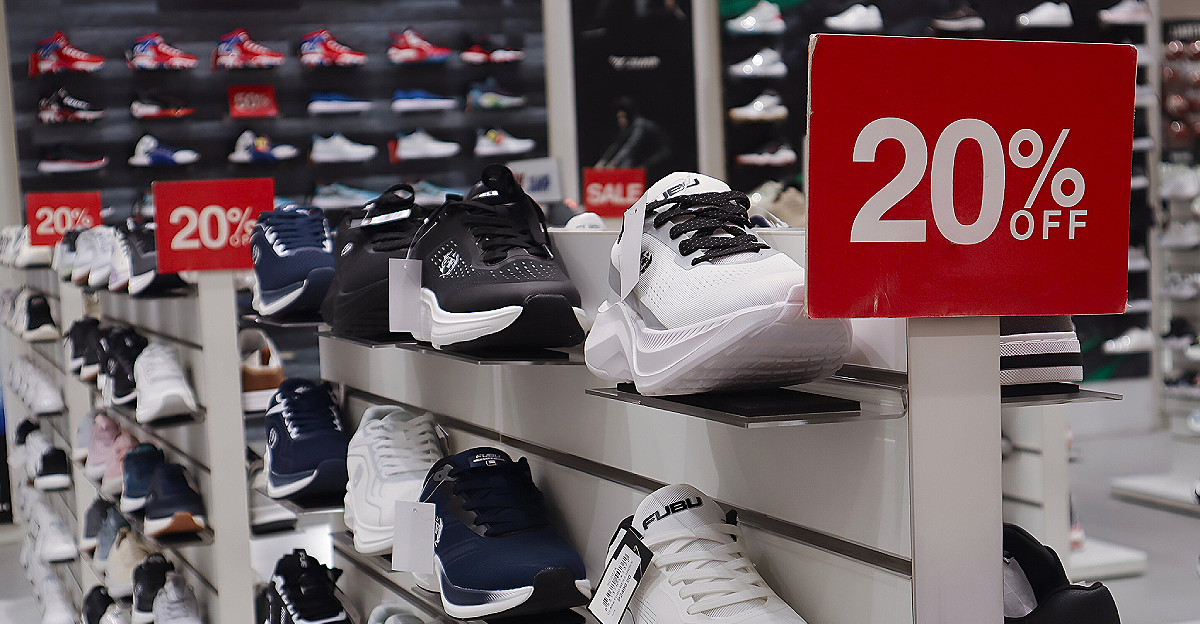
A quiet transformation is underway in the sportswear market, subtly affecting millions of nationwide consumers. Sneaker prices are increasing, but the reasons behind this change remain largely under wraps. This shift is not immediately apparent, leaving shoppers to wonder what’s driving the increase.
The story is unfolding behind the scenes, hinting at deeper economic and trade factors influencing the cost of athletic gear. While the exact details are not yet fully disclosed, the impact is already being felt in stores and online, setting the stage for a broader discussion about pricing dynamics in the sportswear industry.
A Nationwide Trend Impacting All Regions

Consumers from the East Coast to the West notice their favorite sportswear brands becoming more expensive. This trend is not confined to a single city or state; it’s a nationwide phenomenon affecting regions differently but broadly felt. Retailers and shoppers ask whether their local market will see similar price hikes.
The creeping costs create concern among buyers who rely on these products for performance and lifestyle. This widespread impact underscores the importance of understanding the forces driving these changes, as the trend promises to influence purchasing decisions across the United States.
Remembering Affordable Classics
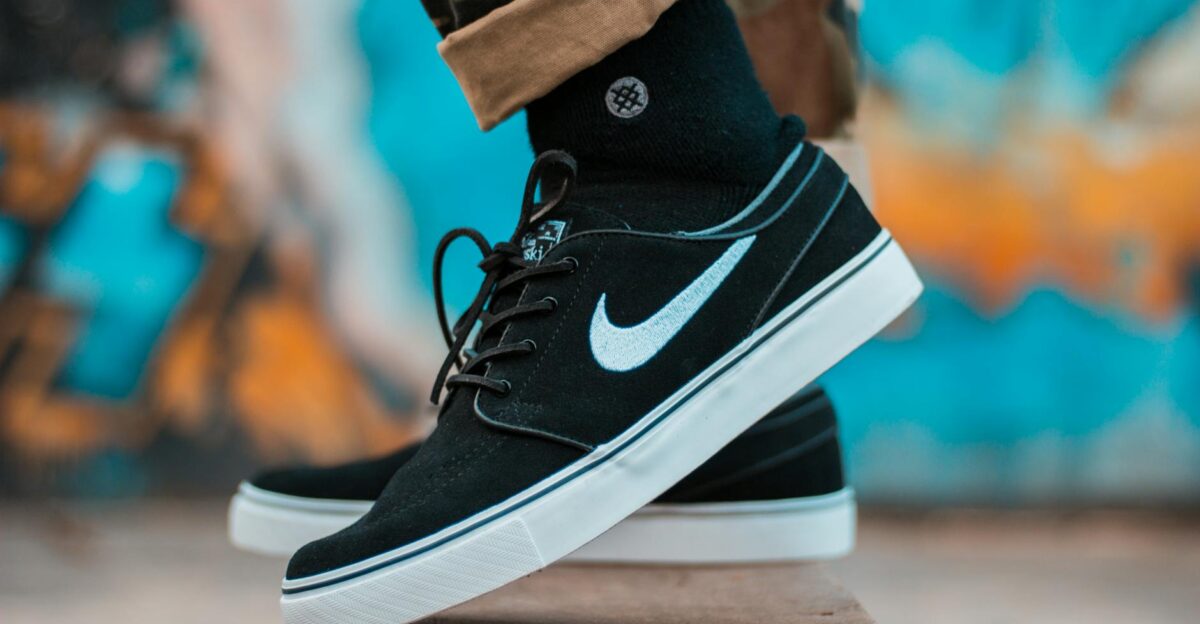
For years, iconic sneakers were known for their affordability and accessibility, becoming staples in sports culture and everyday wear. Many recall when their favorite brands offered quality products at prices that fit most budgets.
This nostalgic view contrasts sharply with the current landscape, where price increases threaten to put these beloved items out of reach for some consumers. The brands that once symbolized inclusivity and sport are now navigating a new reality shaped by economic pressures, making the past affordability seem like a distant memory.
Behind the Scenes: Supply Chain Challenges
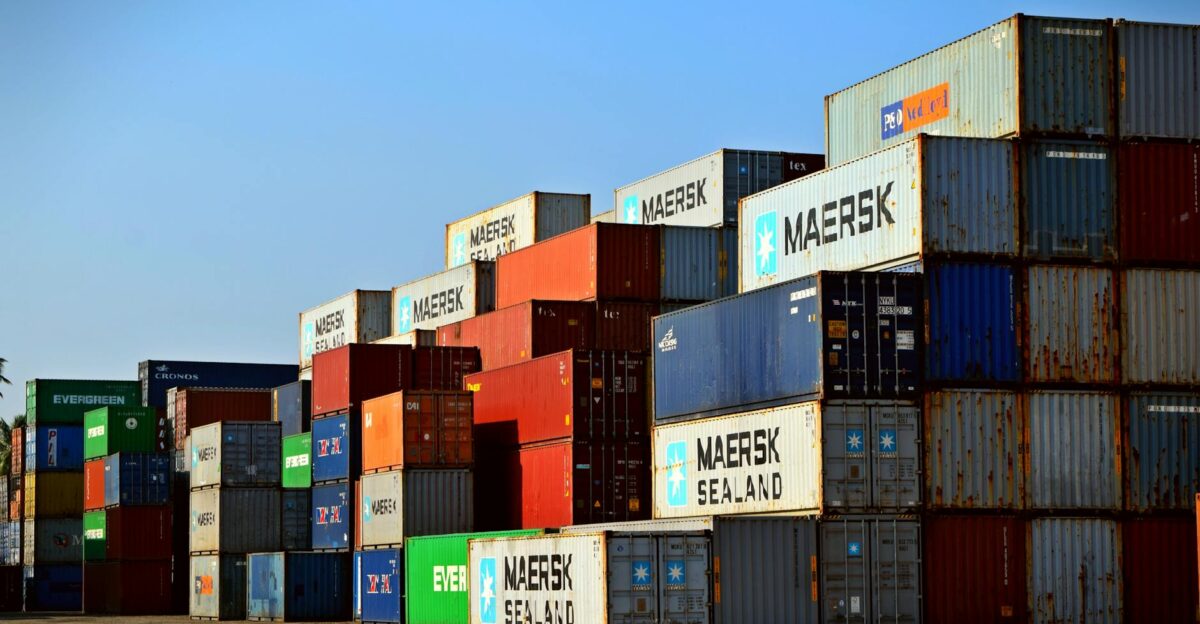
Global trade tensions and evolving supply chains have introduced significant hurdles for sportswear manufacturers. Rising import tariffs and logistical uncertainties are squeezing profit margins, forcing companies to reconsider pricing strategies. Factories in Asia, particularly in China and Vietnam, face steep tariffs that increase production costs.
Shipping delays and higher freight expenses further complicate the supply chain. These challenges are not isolated but part of a larger global economic shift, compelling brands to make difficult decisions about pricing and production locations.
Nike’s Quiet Price Increase Revealed

Nike has discreetly raised prices on many of its best-selling sneakers and apparel by up to $10, starting June 2025. These increases primarily affect shoes priced over $100, while popular models like the Air Force 1 and Jordan apparel remain exempt. Despite these hikes, Nike publicly denies any direct connection to tariffs, maintaining a strategic silence.
This stealth approach to raising prices reflects a careful balancing act between managing costs and maintaining consumer loyalty. The price adjustments mark a significant shift for the brand, which has long been a dominant force in the sportswear market.
Regional Variations in Price Impact
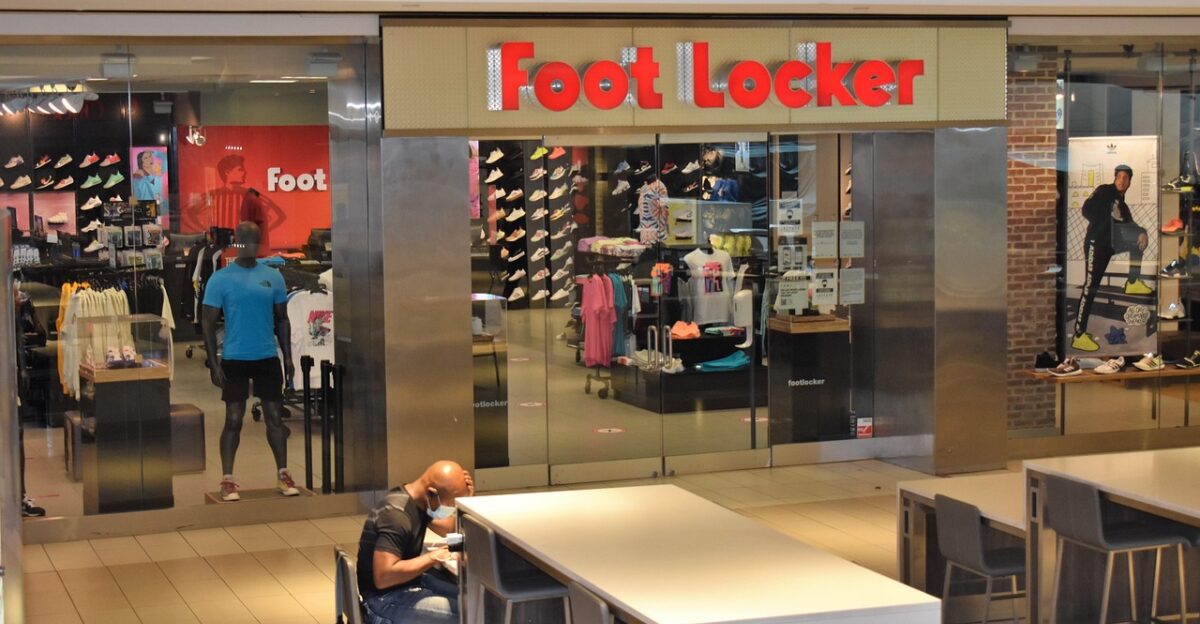
The price increases are not uniform across the country; they vary depending on product type and regional demand. Major retailers such as Dick’s Sporting Goods and Footlocker have adjusted prices accordingly, with some regions experiencing more pronounced hikes due to higher demand for premium models.
Consumers in metropolitan areas with strong sneaker cultures may feel the impact more acutely. This regional disparity highlights how local market dynamics intersect with national pricing strategies, influencing how and where consumers experience these changes.
Franchisees Feel the Pressure
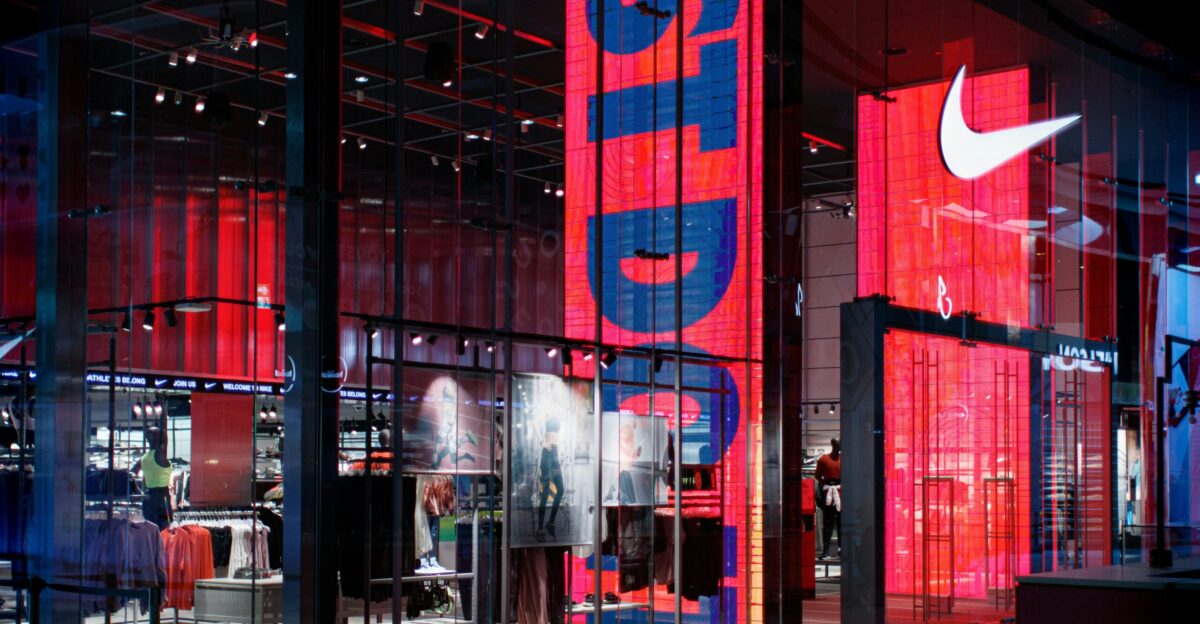
Nike franchisees are grappling with the dual challenge of rising operational costs and declining sales amid these price increases. Store owners and employees face pressure as consumers become more price-sensitive and foot traffic fluctuates.
The company’s leadership actively works to stabilize revenue streams while managing the fallout from tariffs and shifting market conditions. This struggle reflects the broader tension within retail, where balancing profitability and customer satisfaction is increasingly complex in a challenging economic environment.
Industry-Wide Price Hikes and Competition

Nike’s price adjustments have triggered similar moves by competitors like Adidas and Puma, who also cite tariffs as a key factor. This collective response underscores the widespread impact of trade policies on the sportswear industry. As brands vie for market share, the pricing landscape becomes more competitive and complex.
Consumers face a market where price increases are becoming the norm, driven by external economic pressures rather than brand-specific issues alone. This environment challenges companies to innovate while managing costs and consumer expectations.
Shifting Consumer Behavior

Rising prices are causing consumers to rethink their purchasing habits. Many are turning to resale markets or exploring alternative brands that offer more affordable options. This shift reflects a broader change in spending patterns and brand loyalty, influenced by economic uncertainty and evolving preferences in a post-pandemic world.
The sportswear market is adapting to a new consumer mindset that prioritizes value and flexibility, signaling a potential long-term transformation in how athletic gear is bought and sold.
The Future of Sportswear Pricing
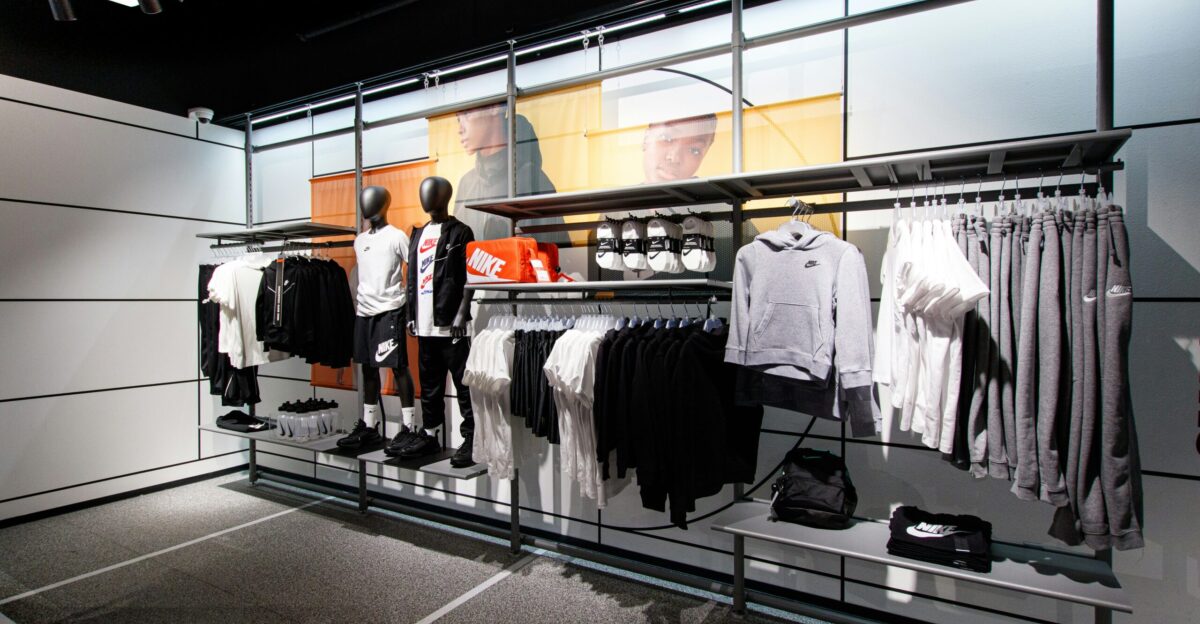
Looking ahead, Nike plans to implement phased, targeted price increases starting in fall 2025 to offset ongoing tariff impacts. The company is also working to diversify its production away from China to mitigate future trade-related cost pressures. These strategic moves aim to balance cost management with innovation and consumer appeal.
The evolving pricing landscape raises questions about how sportswear brands will navigate economic challenges and shifting consumer demands in the coming years. The future of sportswear pricing remains uncertain, but it will undoubtedly shape the industry and consumer choices for the foreseeable future.